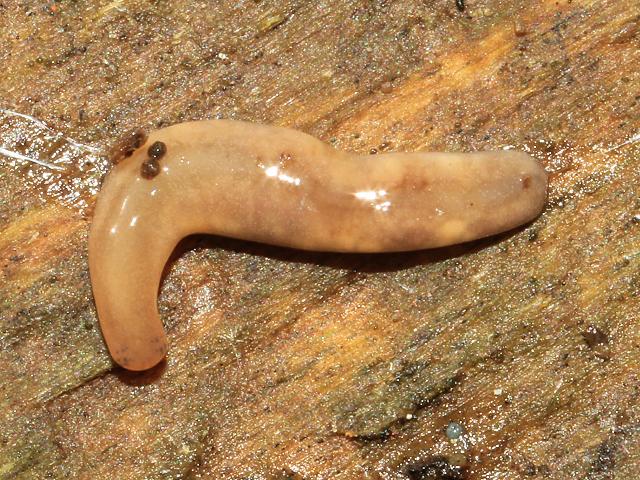
APHOTOFAUNA
An online educational resource dedicated to the photography of
terrestrial wildlife and their habitats, found across South-West
England and the Devon and Cornwall Peninsula by David Fenwick.
Argonemertes sp. (c.f. A. dendyi) - A non-native terrestrial nemertine or Smiling worm
Scroll down and rollover titles to change screen image or click on title to view image.
Please note the first of the following specimens has been DNA sequenced at the NHM to determine the species. The species is not Argonemertes dendyi but a similar looking species, this is why it has been given the temporary name Argonemertes sp. cf. dendyi.
A lot more work needs to be done to determine how many similar looking cryptic species might be found in the UK.
Non-native terrestrial nemertine
Argonemertes sp. (c.f. Argonemertes dendyi)
- found under timber 1
Non-native terrestrial nemertine
Argonemertes sp. (c.f. Argonemertes dendyi)
- found under timber 2
Non-native terrestrial nemertine
Argonemertes sp. (c.f. Argonemertes dendyi)
- found under timber 3
Non-native terrestrial nemertine
Argonemertes sp. (c.f. Argonemertes dendyi)
- head 2
Species found under timber at Roscadghill Parc, Heamoor, Penzance, Cornwall, 11.04.13.
The specimen above was DNA sequenced at the Natural History Museum in London, the sequence being found not represent any described species. Although very similar this species is not Argonemertes dendyi, which has a different barcode. The species is waiting to be described.
It is thought the species might have been introduced by Treseders Nursery from Australia on the trunks of tree ferns at the begining of the 20th century. The authors garden is just a couple of miles from Trewidden Gardens where Dicksonia antarctica was first grown outdoors in the UK. Dicksonia is grown even closer to the author at Morrab Gardens, Penzance and at Trengwainton Garden and has even naturalized in woods near Skimmel Bridge.
An expert in Australia believes it is unlikely the species survives in the wild in Australia due to environmental change due to climate change, deforestation and development.
APHOTOFAUNA supports open source data recording and sharing for the benefit of wildlife, recorders, research, science and education. The project works closely with the following bodies and organisations.
The CISFBR or Cornwall and Isles of Scilly Federation of Biological Recorders is an independent umbrella organisation supporting independent recorders and recording groups in the county of Cornwall.
The Cornish Biodiversity Network or CBN is the largest open source wildlife database in Cornwall that sends open source data to the NBN (National Biodiversity Network). It is a new recording system based on the ERICA database, the largest recording resource in Cornwall. The CBN best supports the activities and needs of the independent recording community and recording groups in Cornwall.
The National Biodiversity Network or NBN is a charity that supports open source data sharing and recording supporting conservation, science and education.
"Why do recorders need open source?". Simply because it supports the core values of wildlife recording and the free use of records and data over a very wide network that includes partners like the Natural History Museum.

The main objective of this website is in furthering environmental awareness and education through the medium of photography. To increase awareness and access to the wildlife of the region and help
people find and identify it. Sometimes the difference between species is obvious but many species can only be determined by observing microscopic characteristics that are specific to any one species.


